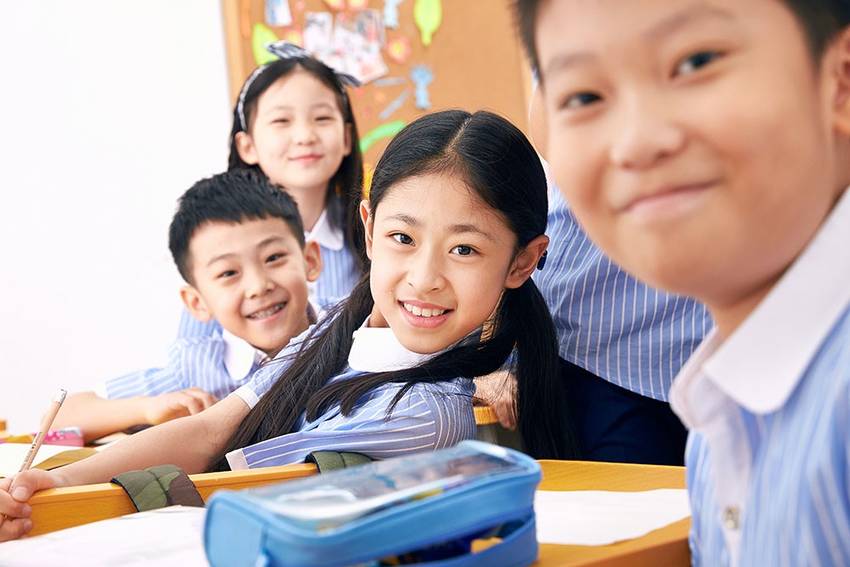
また、
Compulsory Education
Japan’s compulsory education refers to the nine years of education from the first grade in elementary school to the third year of junior high school. They provide compulsory education in public and private schools based on national curriculum guidelines. Generally, elementary schools target 6- to 12-year-old children while junior high schools target 13- to 15-year-old students.
In compulsory education, subjects like math, social studies, science, Japanese, English, music, art, and physical education are mandatory. There are also elective subjects like ethics, home economics, and technology. Compulsory education’s purpose isn’t just for students to acquire basic academic skills and knowledge, but also to provide education on social etiquette, compassion, and self-expression.
Compulsory education is an important part of Japan’s education system, and almost all Japanese people receive the same education during this period. Therefore, the country’s education policy greatly influences the content and methods of compulsory education.
In public schools, they provide Japan’s compulsory education for free. In private schools, tuition fees vary depending on the school, but if they meet the minimum educational requirements set by the government, they are eligible for government subsidies. However, attending private schools may require entrance fees, tuition fees, textbook costs, uniform fees, and other expenses.
Regarding high schools, where students go after graduating from junior high school, there are no tuition fees in public high schools. In private high schools, tuition fees vary depending on the school and are generally expensive. However, scholarships and tuition reduction programs are available for those who meet certain conditions, which can reduce the financial burden.
In summary, Japan’s compulsory education is primarily free in public schools, providing equal opportunities for children from economically disadvantaged families.
sign up for the Japanese-Online Newsletter
__..-・**・-..__..-・**・-.._ あいうえお かきくけこ さしすせそ たちつてと なにぬねの はひふへほ まみむめも やいゆえよ らりるれろ わゐうゑを ん __..-・**・-..__..-・**・-.._
#JapaneseOnline #LearningJapanese #FreeJapaneseLessons #JapaneseVideoLearning #JapaneseAnime #Anime #JapaneseFood #Bloguru
